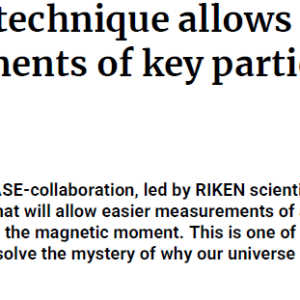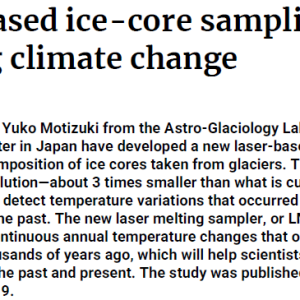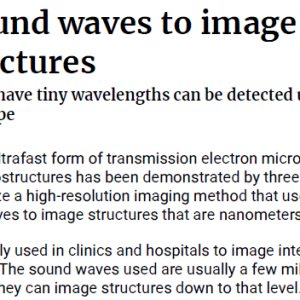
Effect of Mo addition on ammonia oxidation activity of Pt electrocatalysts
₩4,000
In recently years, hydrogen production by water electrolysis using renewable energy is promoted from a carbon–neutral perspective.
However, hydrogen is difficult to store and transport, and low volumetric energy density. Therefore, ammonia obtained by the Haber–Bosch
process is attracting much attention as an energy carrier because of its easy liquefaction and handling. Ammonia is toxic, but it can be
detected easily if ammonia leaks outside owing to its characteristic smell. Thus, a direct ammonia fuel cells (DAFCs) that use ammonia as
fuel is promising candidate as a new power generation system. Generally, Pt is used as anode catalyst for ammonia oxidation reaction in
DAFC. But it is desired to develop an alternative catalyst for DAFC anode due to the price escalation of Pt, limitation of Pt reserves and the
problems of inactivation caused by Nads poisoning on Pt. Therefore, Pt–Mo alloy catalyst was prepared by RF–magnetron sputtering and the
ammonia oxidation activity was investigated in this study. Pt–Mo alloy catalysts showed higher ammonia oxidation activity than Pt one.
Especially, Pt– 44.0atÿMo indicated 31.4 mA cmÿ2 and it is the highest activity among Pt–Mo alloys. And then, Pt–44.0atÿMo is promising
candidate for anode catalyst of DAFC.





상품평
아직 상품평이 없습니다.